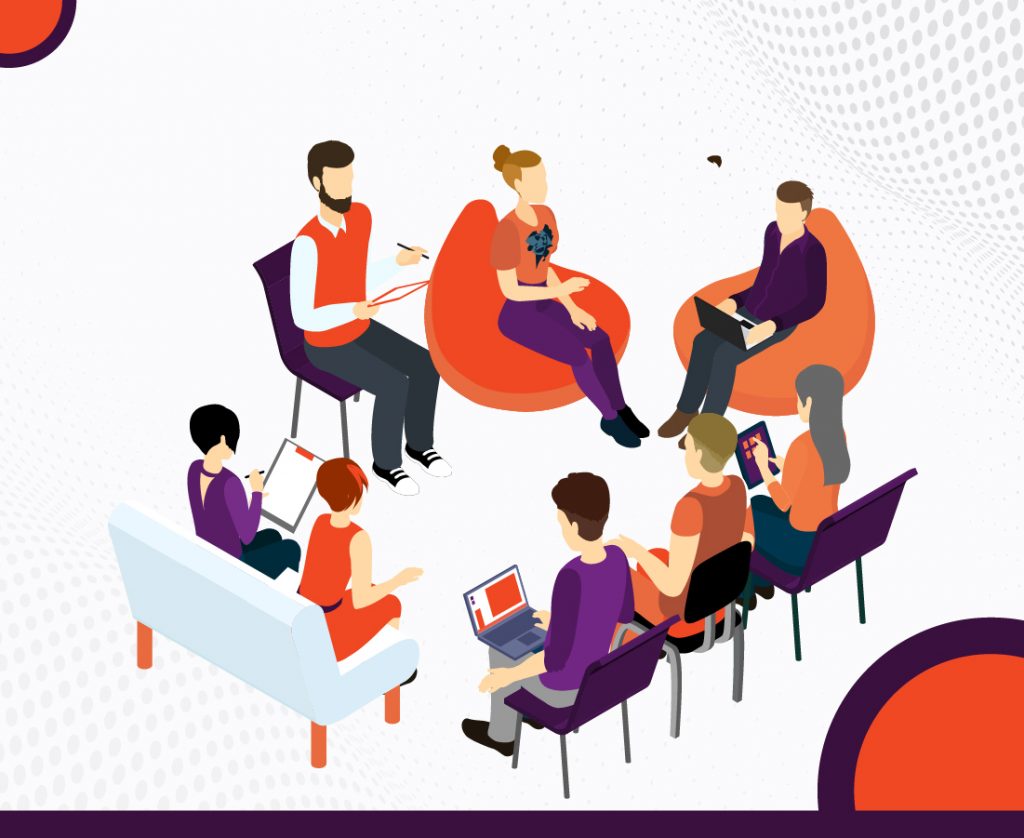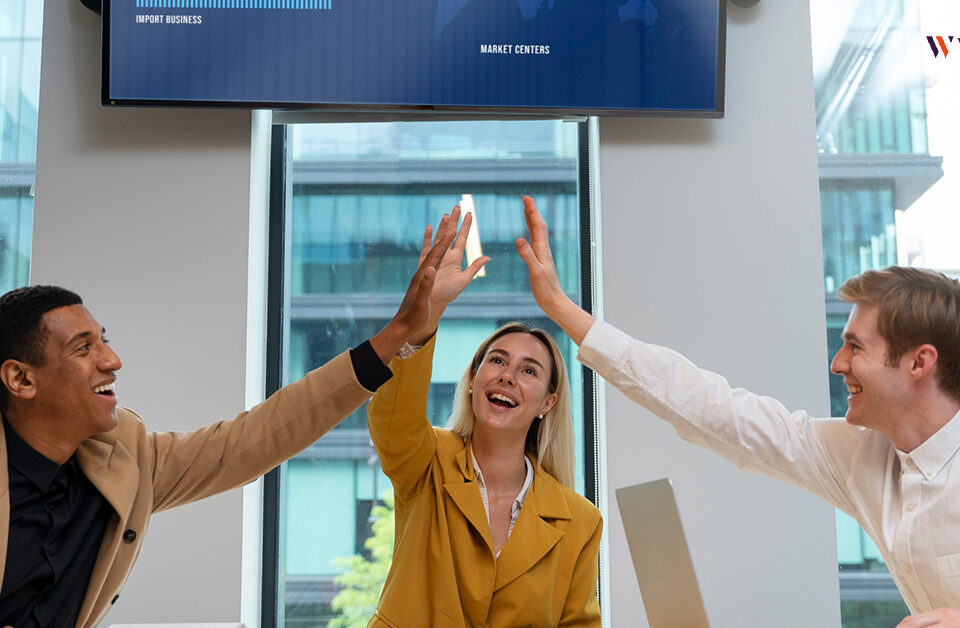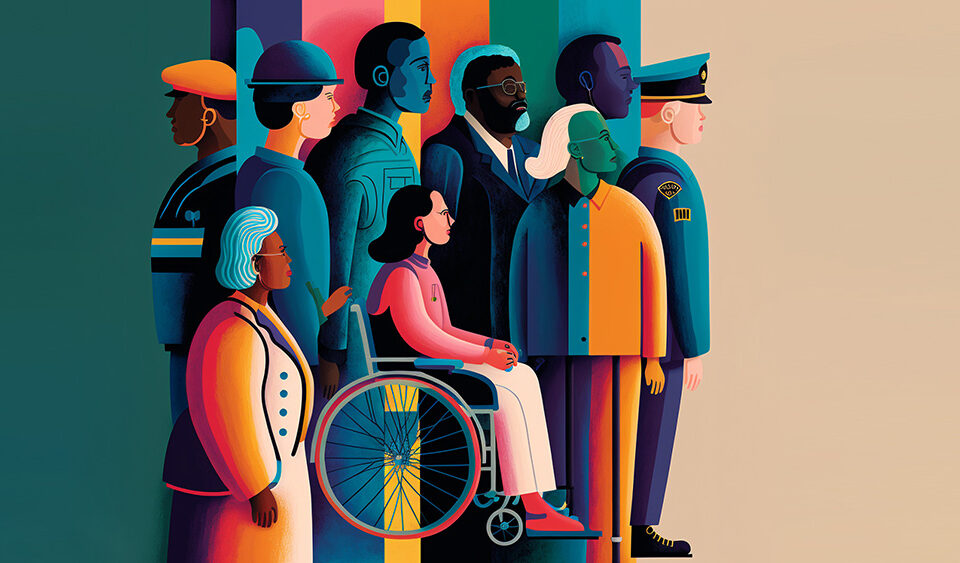
While there’s an ongoing awareness of the need to build a diverse and inclusive workplace, organisations still overlook generational diversity. Interestingly, with a population of 1.2 billion, 50 per cent of which are 18 years and below, a multigenerational workforce is commonplace in Africa.
In 2020, the International Labour Organisation reported that “Africa is the only region where the youth bulge will continue to grow in the foreseeable future.” Hence, we can expect that having three generations and above in the workplace will continue.
However, while a multigenerational workplace has its benefits, workplace conflicts quickly arise because different generations have their unique approach to work. Consequently, it has become crucial for business leaders and managers to prioritise understanding each generation and how to create an enabling environment for co-creating in a multigenerational workplace.
What is a multigenerational workforce?
A multigenerational workforce is a workforce that consists of employees from different generations. In the workplace today, there are five generations for the first time in history – Traditionalists, Gen X, Boomers, Millennials, and Gen Z.
A 2014 cross-sectional study with a sample of 301 respondents from South Africa found significant differences in each of these generations on their perception of hard work, time, self-reliance, gratification, leisure, the centrality of work, morality, and ethics. All of these influence their individual behaviours at work, which increases the likelihood of friction among a multigenerational workforce in the workplace.
How to effectively lead a multigenerational workplace?
Managing a multigenerational workforce requires deliberate action. It begins with understanding the behavioural differences and traits in a diverse generational workforce. Business leaders and managers need to learn more about the context each generation grew up in, their organisational commitment levels, job satisfaction, and what they value above all else. Understanding each generation will help you minimise friction and help employees reach their full potential.
Here are some strategies to help you effectively manage a multigenerational workplace:
Set the direction
Establish a clear hierarchy, adaptable feedback mechanisms, active communication channels, agile procedures, and general ground rules on how employees treat their colleagues in the workplace. Ensure to communicate a standard operating system for the company to create a harmonious environment and provide a solid framework for your company’s work culture.
Encourage more focus on designations
Encouraging more focus on people’s designation in the workplace reduces the chances of fixating on their age or gender, which fosters bias. A baby boomer is less likely to feel slighted or question the authority of a millennial based on age if they focus on the designation. This reinforces the idea that for a person to hold a particular position, they must have earned their stripes, irrespective of age or gender.
Signify acceptance
Signifying acceptance to each generation tells them that they are valued, whatever their rough edges. As a leader or manager, you signify acceptance by bouncing ideas off different generations, whether about change in procedure, hierarchy, or establishing new rules and policies. Talk to every group before attempting to implement any kind of change that affects the entire workforce. Don’t try to guess or assume that a particular generation in your workforce will react to change a certain way.
Be clear on ways of communicating
Communication is one of the major sources of friction among a multigenerational workforce. The older generation may prefer face-to-face communication or direct phone calls, while the younger generation may prefer digital communication since it’s faster and more efficient. As a company, you may have people from the older generation who struggle with digital communication. In that case, invest in training. PwC surveyed more than 12,000 workers globally in 2019, and the majority said they are happy to spend two days a month on training supplied by their employer to upgrade their digital skills.

Have difficult conversations
You will have days where there’ll be a lot of friction and conflict. Have open conversations on what’s not right and how to do better going forward on days like that. You need to be proactive and not wait until there’s a conflict—schedule times when team members can review working methods and provide feedback. Take note of what needs to change, what needs improvement, and what needs reinforcing.
As a manager, you need to avoid forced compliance in an attempt to enforce desired behaviours, implement new processes, or settle conflict among your multigenerational workforce. You need to make employees appreciate the benefits of any rules or new procedures you want to implement by emphasising the positive aspects. Also, explain the consequences of noncompliance calmly and sensibly.
What are the benefits of a multigenerational workplace?
Each generation brings value that contributes to a company’s overall business objectives. Benefits of having a harmonious and thriving multigenerational workforce include:
They bring different strengths and perspectives
Each generation has a different idea of working and so view problems and responsibilities through different lenses. Because of this, a multigenerational workforce can provide different solutions from multiple perspectives. The older generation can provide grounding, experience, networks, and even funding. In comparison, the younger ones bring their energy, dynamism, and innovation.
They help businesses serve their customer base better
Same as your workforce, your audience or customers likely comprise people from different generations. Any company will struggle to deliver a personalised customer experience without understanding customer behaviour. Your multigenerational workforce can provide valuable insights on the different ages among your customer base, helping drive sales and customer loyalty. The older generation can give industry insights accrued from years of experience working in your sector.
They push and learn from each other
In a harmonious workplace, members of a multigenerational workforce can sharpen and keep each other on their toes. Typically, the older generation has a wealth of knowledge that takes years of experience to acquire. In contrast, the younger generation are more tech-savvy and have a knack for staying on top of current trends.
In a 2018 Randstad work monitor survey, 83% of respondents around the world said that they are able to come up with more innovative ideas and solutions because they work with people of different ages and generations. Through collaboration, mentoring, and reverse mentoring, each generation can learn from the other and improve overall business performance. With a clear understanding of their key drivers, managers can help their companies reap the benefits of a multigenerational workforce.


